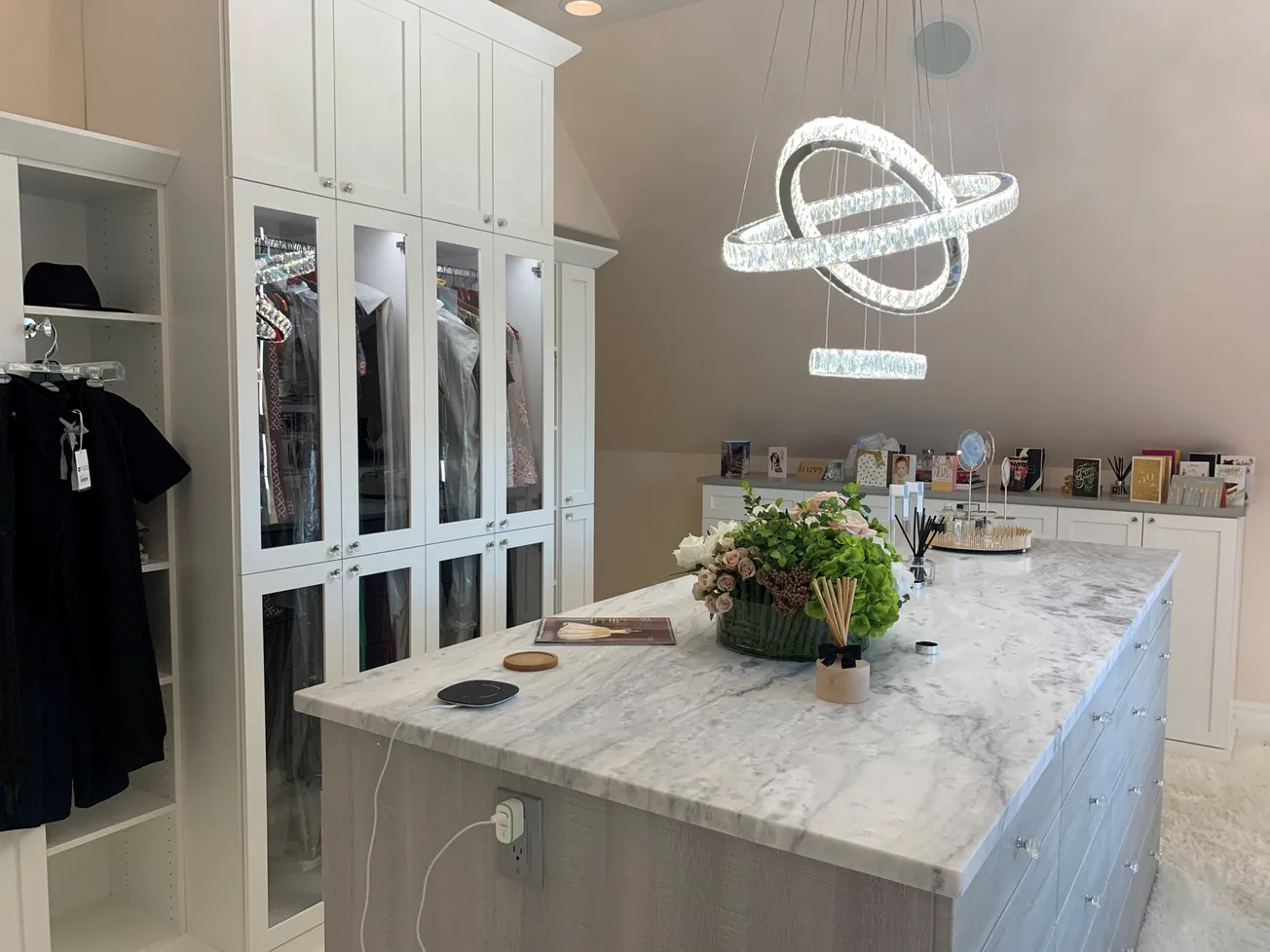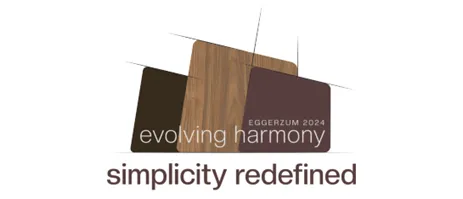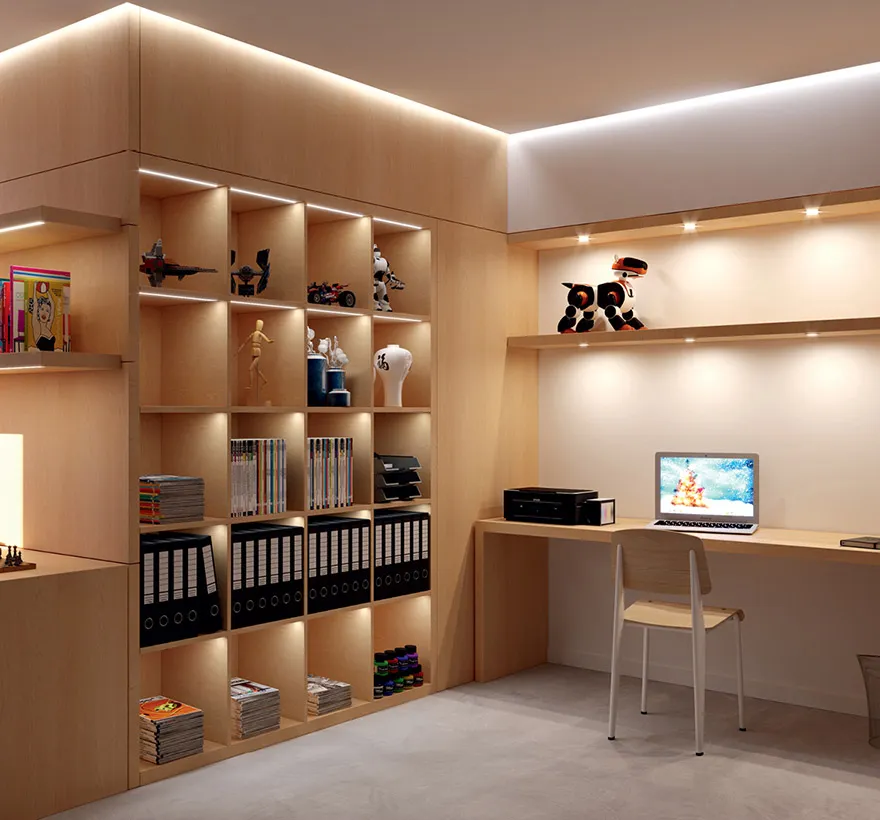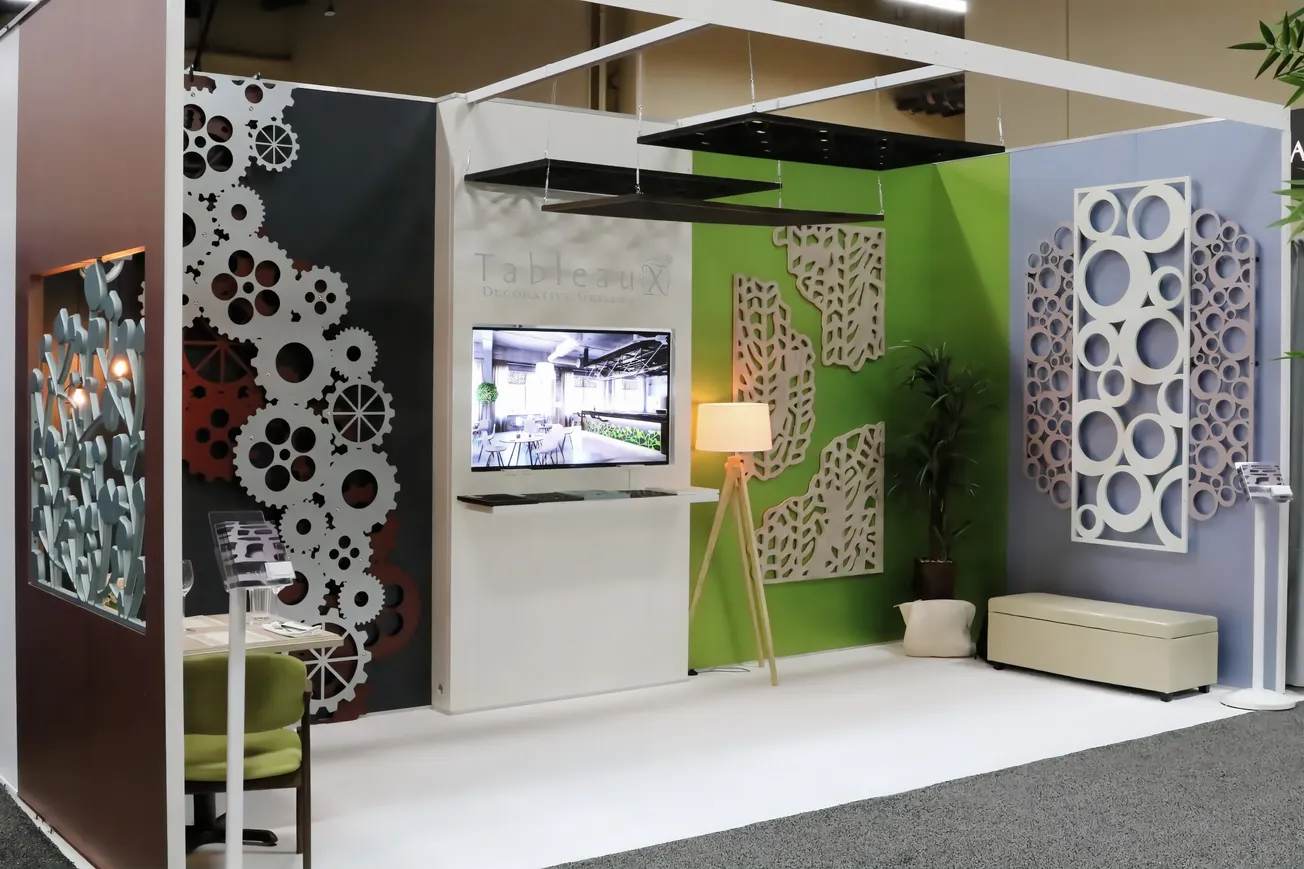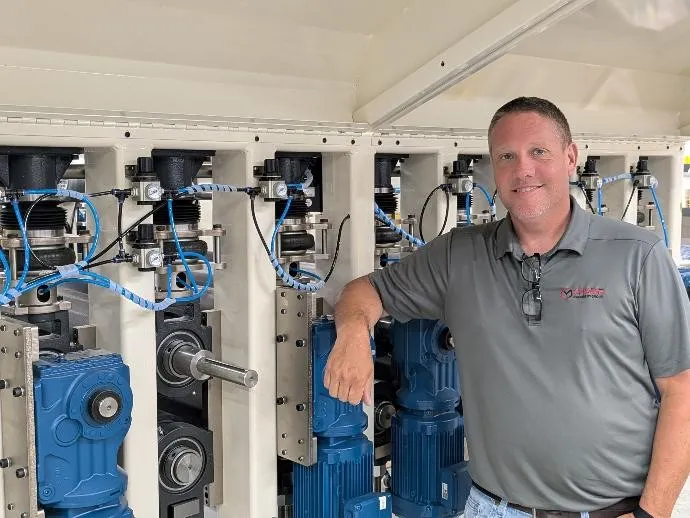Table of Contents
Michael Carson started his path in the closet industry in 1987, founding Closet Works and an organization which later evolved into the Association of Closet and Storage Professionals (ACSP), where he helped to write the rule book—literally—for closet design. Carson left the industry in 2012 but was soon back in the game as a dealer with the Stow Company and the owner of Inspired Closets in Chicago, Illinois, which has designed and installed more than 45,000 custom solutions for area homeowners.
S&P spoke with Carson about his time in the closet industry, the changes he’s seen and where he sees the industry going.
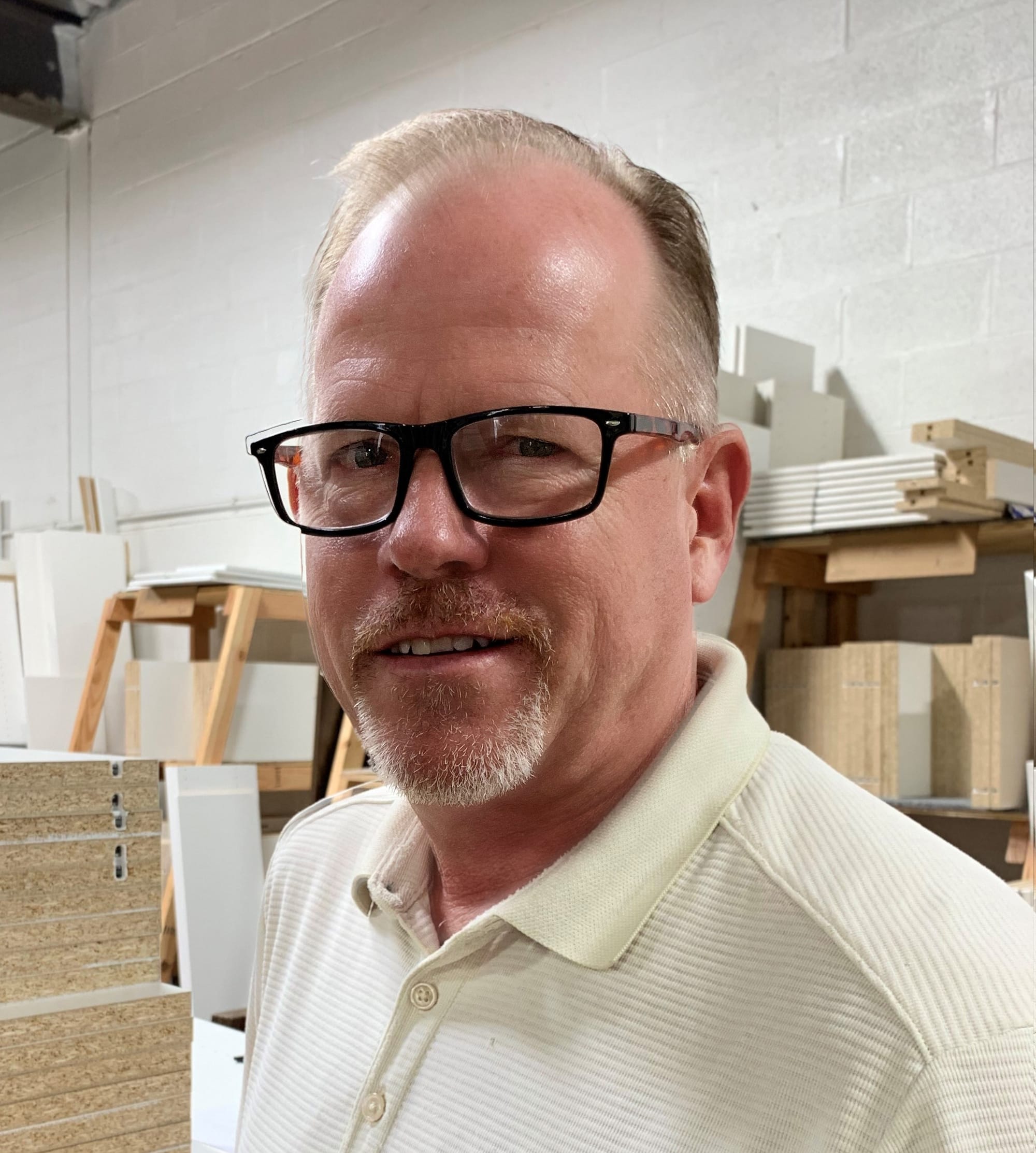
S&P: You’ve experienced the evolution of the closet industry firsthand and are still making things happen. Tell me a little about your story.
MC: I had started a manufacturing company called Closet Works and we brought in private equity in 2007 to help take the company and our concept to the next level. The concept was to create three manufacturing centers across the country and have a hub and spoke type of system. Then the 2008 housing crisis kind of put an end to that…private equity lost interest and we ended up not fulfilling the plan. So I exited and then restarted—but not as a manufacturer. And that is really the big changing trend in the industry is that you're seeing more and more of the regional manufacturing rather than individual manufacturers. The only reason people [in the closet industry] manufactured back in the 80s and 90s is because they had no choice—there was nobody supplying closet parts. We were going to do that in 2007 but it the timing was wrong.
I just joined up with the Stow Company, which has a billion square feet of manufacturing that supplies dealer networks, big box stores and online sales of closet systems. There’s a lot a lot to the story there but California Closet recently are buying back their franchises that they're having company stores that are now centralizing their manufacturing so they don't have to do it regionally. That's a big change in how the products are being distributed and marketed.
With Stow, we all design and install, but we have a common supplier partner. Stow has a 400,000-square-foot manufacturing facility in Holland, Michigan, and just opened up a 550,00-square foot facility in Nampa, Idaho, so they're fulfilling what I was trying to do with the private equity firm almost 20 years ago.
I think over the next 10 years we're going to see a lot more of that being consolidated into regionalized manufacturing—a lot like the kitchen and bath industry.
S&P: What led you to start a trade organization for the Closet Industry?
MC: Back in the late 90s, I had been in business about 10 years already and realized that there was no information, nowhere to go to learn, no training or anything—so everybody at that time was just looking to California Closets and kind of trying to copy them. They had information they shared with their franchise group where they could talk shop, but for all the independent people like me, there was nowhere to turn. I decided to do something about that. The first group we started was called the National Closet Group, where I decided to go around the country finding the biggest and best manufacturing closet companies in all the major markets and bring them together in this group so we could share networking, marketing and products. That was the concept. We started in 2000 with 13 companies and then had 50 companies that were all part of this network which was an exclusive group--only one member per market so that we could share intimate details financials and things. We were invited to speak at the with working conference in Dallas 2005 where everybody was really interested in what we were doing and wanted to join but they couldn't. They weren't happy about that, since everybody wanted more information, so we decided to create the big umbrella association called the ACSP and that launched so that we could help the entire industry and not just a select group of manufacturers.
S&P: The evolution of the closet industry has been astounding, with the concepts now permeating every room in a home—the kitchen, home office, garage, playroom, basement. Tell me a little more about how the industry has grown outside of “just closets.”
MC: Let me say, another reason I started the National Closet Group was because of the fear of the kitchen and bath industry taking over our industry. I mean, it seemed logical—they do the same thing, adding storage to the house. My fear was that they would just roll us in to become the National Kitchen Bath and Closet Association. But surprisingly to me, 23 years later they're still not really fully understanding that, which is good, but you know some of them are starting to see that it really is a viable business. I think it was beneath them back then…it’s like “we’re doing the $80,000 kitchens, we don't want to do a $2,000 closet. In fact, I started a wholesale company called Plus Closets that catered only to kitchen and bath dealers because I wanted a wholesale product. But today, you have Sauder getting involved in the closet business and other kitchen and RTA-type manufacturers looking into it more and more. So this long-held secret is not a secret anymore…everyone wants to jump in.

S&P: Can you recall a pivotal moment in the history of the closet evolution that changed the industry into what it has become?
MC: Yes! When the association decided to put out manufacturing standards in the early 2000s, that allowed the accessory manufacturers like Häfele, Richelieu and Rev-a-Shelf to then innovate around those standards. Before that, everyone did things a little bit differently with sizing and such. But once we established the association and created standards for the industry, that kind of revolutionized all the different accessories and everything that goes along with it. I think back when I first started, there were no tie racks or pull-out mirrors or ironing boards—all these different things that are now pretty common. It was just panels, shelves and drawers…that was it. And pretty much white, almond and candlelight were your color options.
As for creating the standards for the industry, we basically started having conversations with the manufacturers and would bring them to our conventions and talk to them. There were a lot of customer-vendor relationships and conversations that really helped expedite that standardization process. Even with the software companies and getting CAD programs that understood shared panels and what we did versus what cabinets do. The first company that came out with the closet catalog was Cabinet Vision. Cabinet Vision and my company worked together to create that original catalog for the software.
S&P: White TFL has long been the standard typical material used in the closet industry. With all the technological innovations within the surfaced panel industry—including creating textured finishes and replicating real wood and other designs with digital scanning and printing—is there a leaning now towards using other materials and finishes?
MC: White will always be the dominant color because it’s more transferrable, but the TFL manufacturers really have upped their game, giving us textured TFLs and really rich products, which have absolutely added another level to closet design. There are trends now towards tones like navy, charcoal and different solid colors—navy is really popular right now. I think what's happening with the industry is, as we show the client that we can do more than closets—we could do the wall bed, the entertainment center—all these spaces are more exposed in the home and that's where they're looking at having more rich textures and two-tones and different things like that.
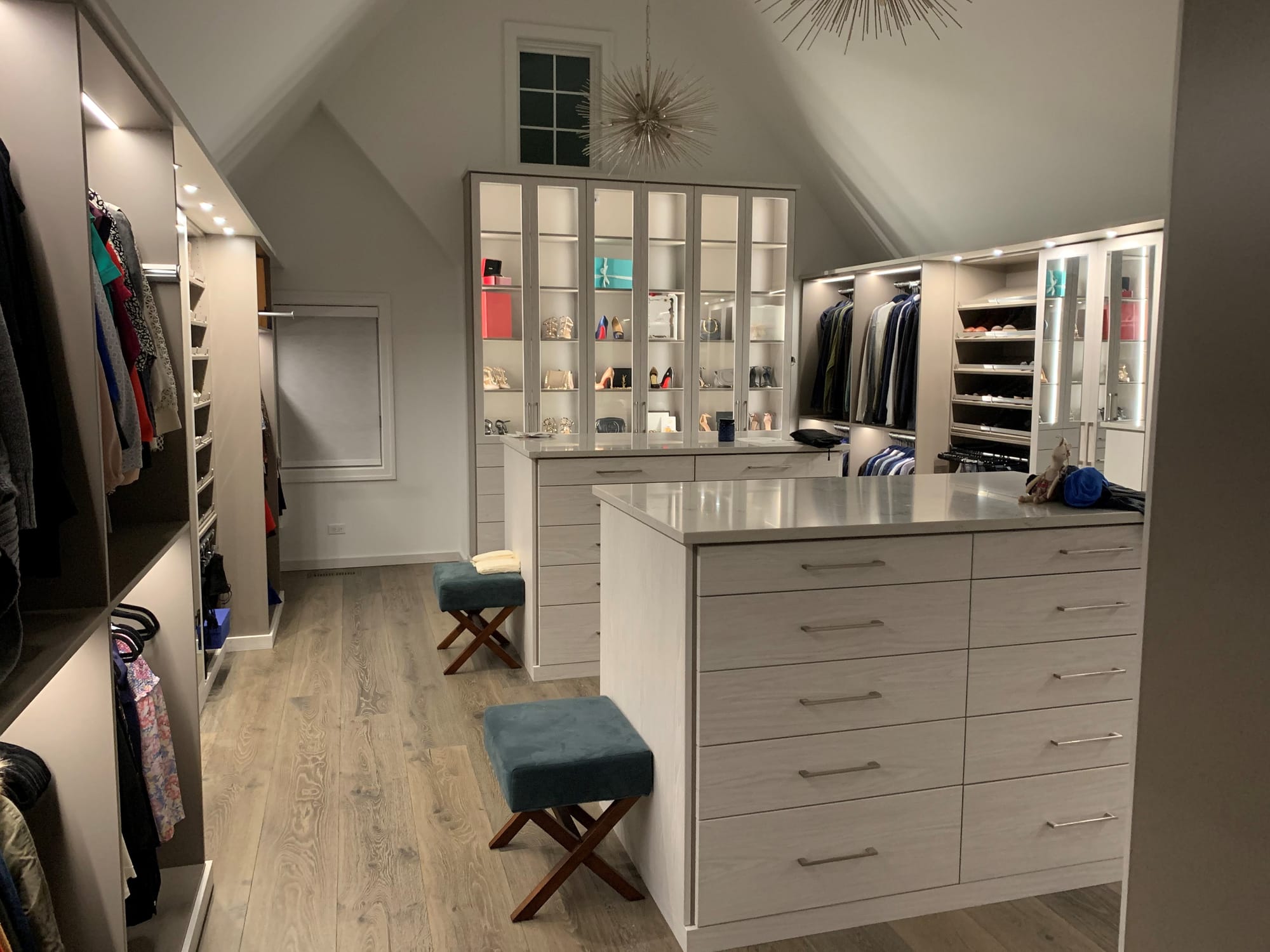
S&P: Do you think you’ve seen the peak of the Closet Industry?
MC: No, no, no…we haven't reached the peak! What is occurring now is that the closets we did for Mrs. Smith back in 1995 or 2000, their kids grew up with custom closets and now they're having their families and buying their homes and they wouldn't think of not having a custom closet. Naturally, by that metric the industries is exploding and becoming more in the consumer’s mind. Most companies today can design to your budget. There is functional and there’s aesthetics, so if you just get down to a functional closet, it's still better than a shelf and rod or a wire closet, but there can be affordable ways to create that space and that peace of mind that that doesn't cost a lot of money. But we also are selling $50,000 closets that have lighting and crown and glass and mirrors and it's really quite extravagant—we call them boutiques.
S&P: What excites you the most about where the closet industry is heading?
MC: Well, we are a closet industry but we're so much more than that. People are calling us to do all those other spaces—if we did your closet 10 years ago, you may now be in the market for your home office or your entertainment center or you want to do the garage finally, you know where to go. And I think the industry is perfecting all those different spaces not only in terms of design but in terms of the accessories and complementary products that go with it. I guess what really excites me is that we're stretching beyond closets and becoming more of a whole-house organization storage industry.
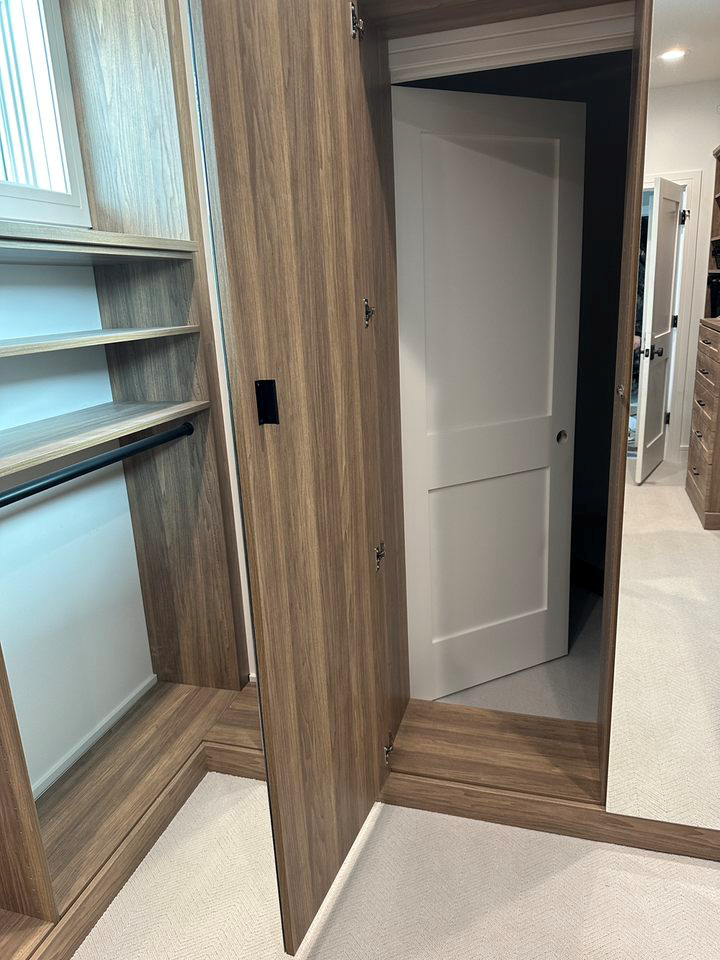
S&P: Are there any particular accessories or features in closet and organization spaces today that were once thought of as an extravagance but now are seen more as necessities?
MC: (Laughs) Everything is a necessity! We are seeing a lot more lighting in closets. The LED programs with manufacturers like Tresco or Richelieu or Häfele are becoming more advanced and more integrable into the systems, so it makes it easier for the closet designer to be able to incorporate them and make the project look great. That’s another vendor-client discussion that we keep having: How we can keep improving closets and make them even more esthetic and more functional.


